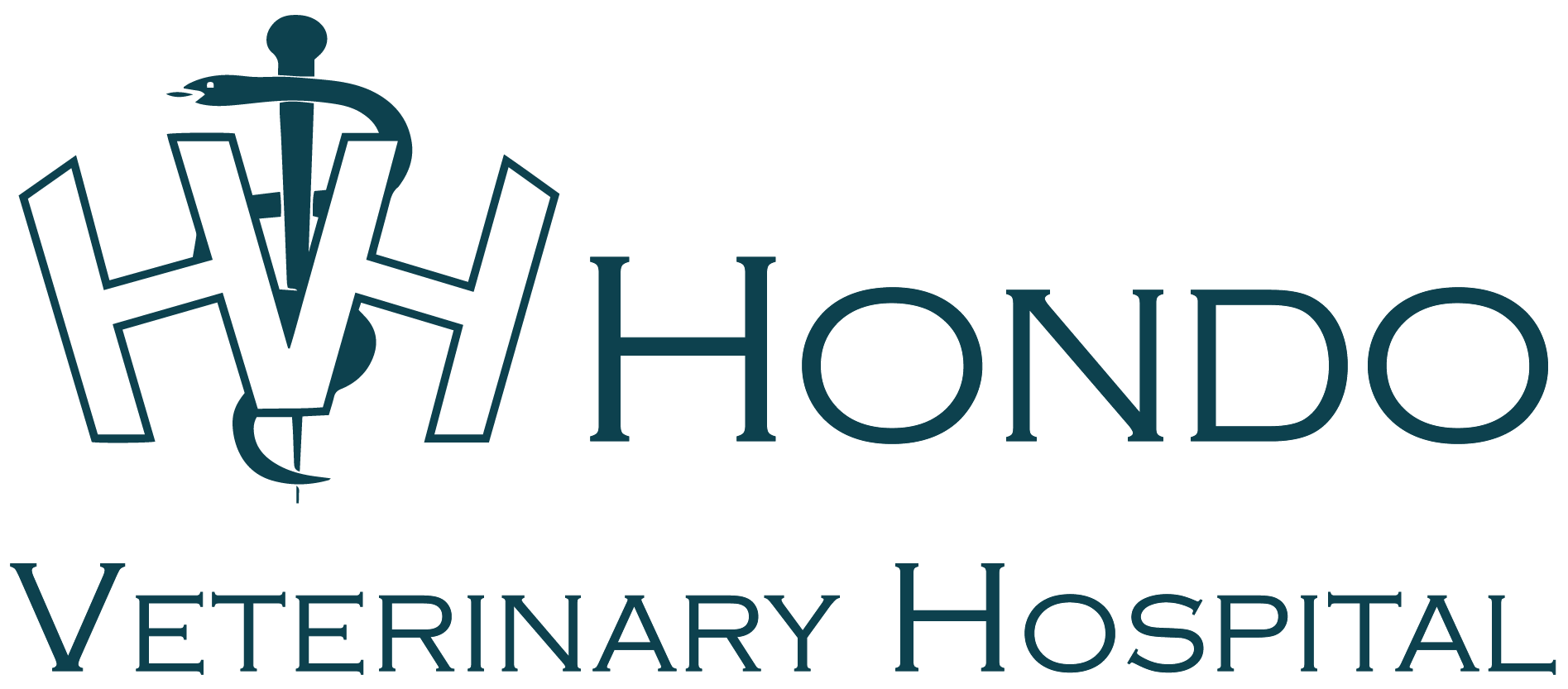Respiratory
Home » Interactive Animal » Equine » Respiratory

The respiratory system functions to carry vital oxygen into the body and expel carbon dioxide, a metabolic waste, out of the body. Functionally, the respiratory system is divided into two portions: the upper and lower airways. The upper airway begins as air enters the nasal passages and mouth and flows through the trachea (windpipe). The upper respiratory tract warms, filters, and moisturizes inhaled air. As air continues down the trachea, it enters the lung lobes: the lower respiratory tract. Within the lungs, inhalation brings vital oxygen to the blood; exhalation removes carbon dioxide from the body.
Respiratory disease represents a common cause of poor performance in horses. Physical signs associated with respiratory conditions may be subtle in the initial stages of illness. Indications of respiratory disease include: fever, nasal discharge, coughing, noisy breathing, exercise intolerance, poor athletic performance, and labored breathing. Disorders of the respiratory system may involve the upper and/or lower airways. Physical examination findings aid in the localization of the disease process.
Common abnormal conditions associated with the equine respiratory system include :
- Air flow interference : Chronic Obstructive Pulmonary Disease (COPD), laryngeal hemiplegia, foreign bodies, tumors
- Exercise Induced Pulmonary Hemorrhage
- Guttural Pouch Disease: Empyema, Mycosis, Tympany
- Infectious :
o Viral: Equine Herpesvirus, Equine Influenza, Equine Viral Arteritis, Rhinovirus
o Bacteria: Streptococcus equi (“Strangles”), Rhodococcus equi, Streptococcus zooepidemicus
o Fungi: Aspergillus
o Parasites: Ascarids
- Paranasal sinus disease : Sinusitis, Ethmoid Hematoma
- Pleuropneumonia
- Toxins : Perilla ingestion, Silicosis, Pyrrolizidine Alkaloids, Smoke Inhalation
